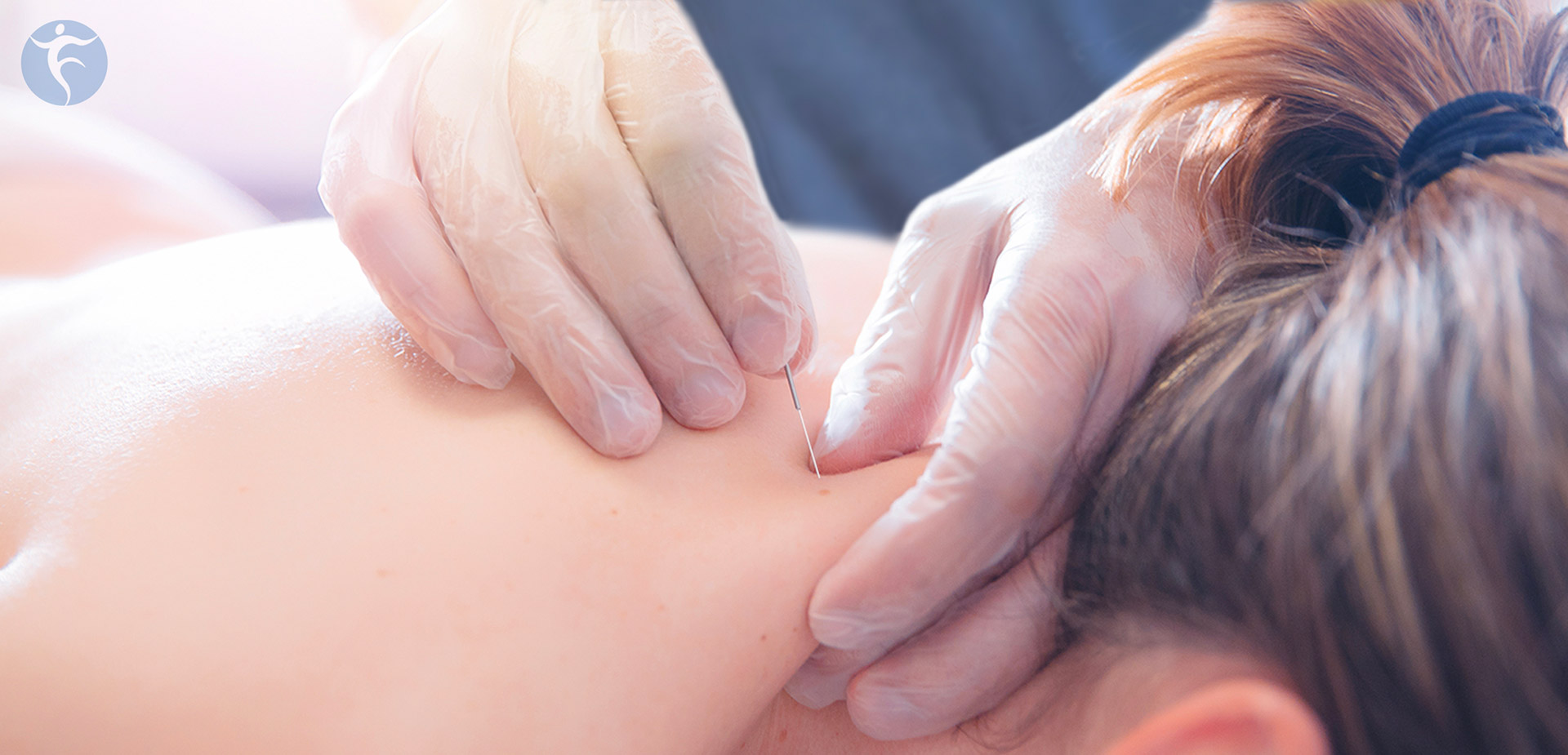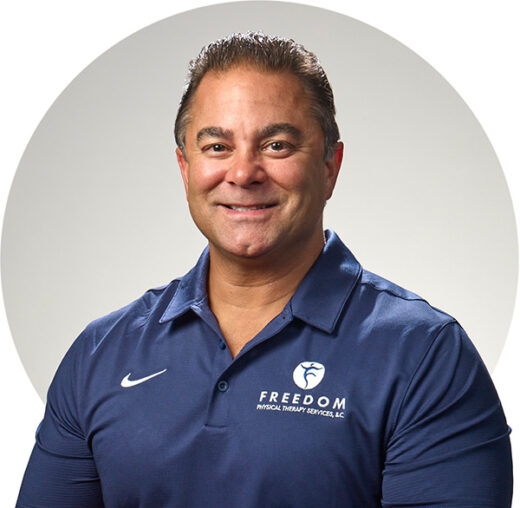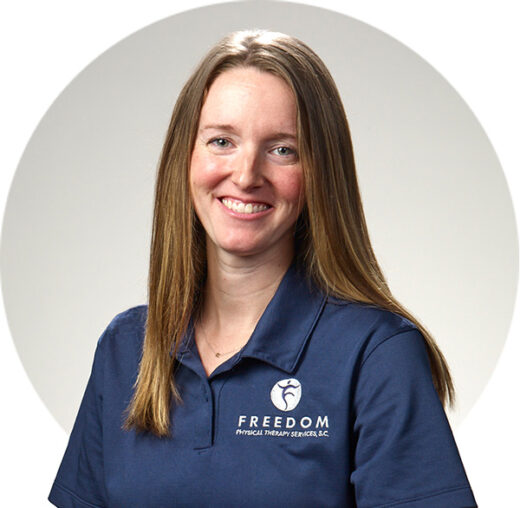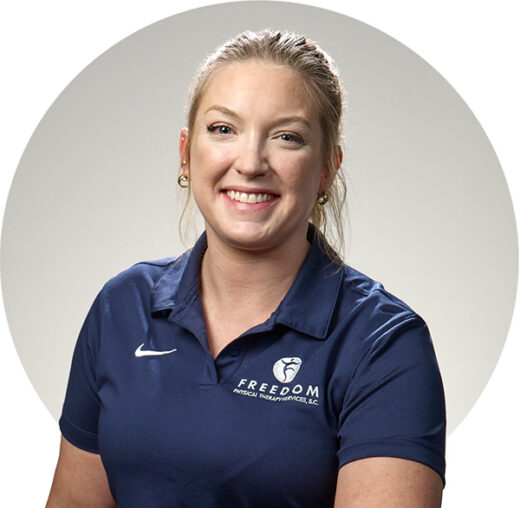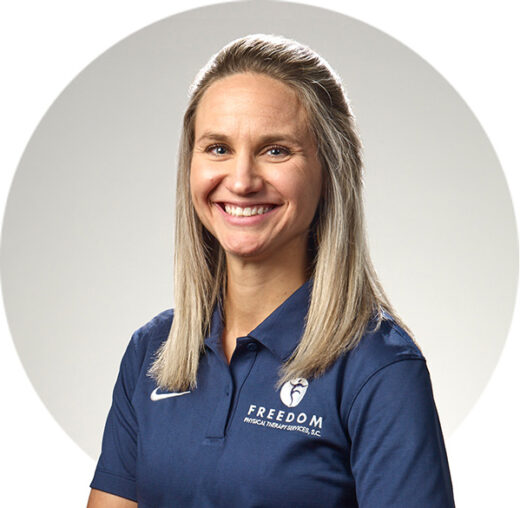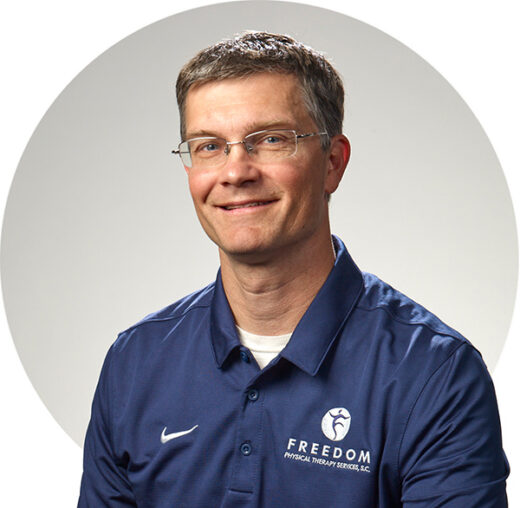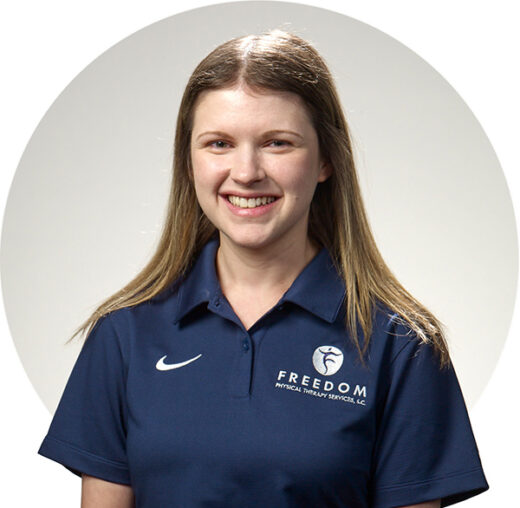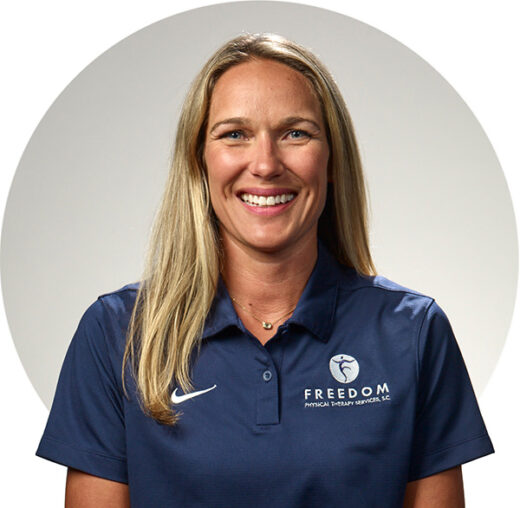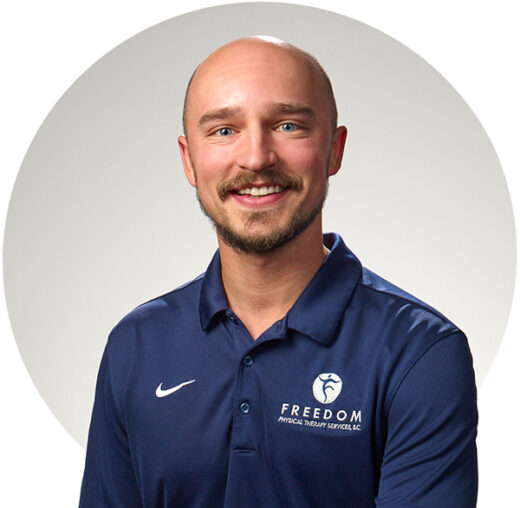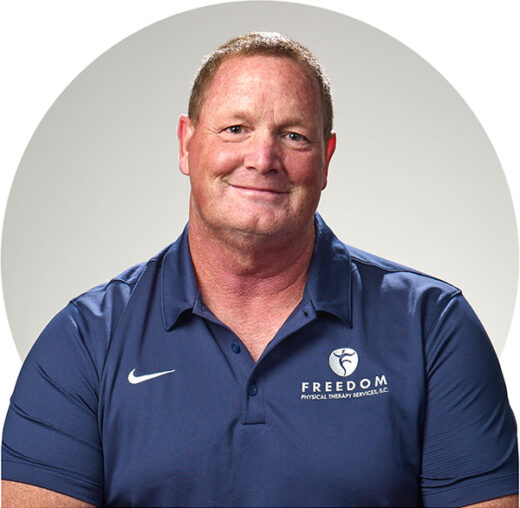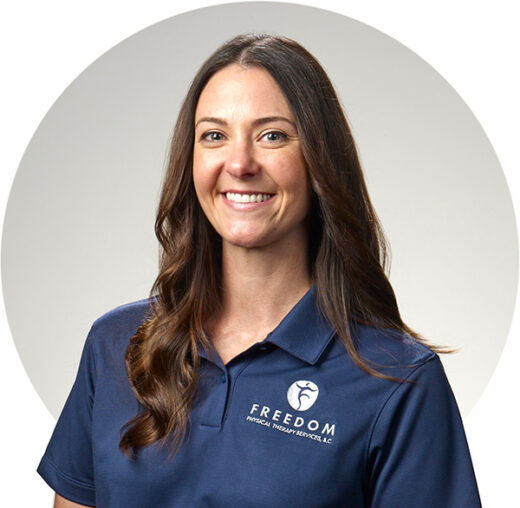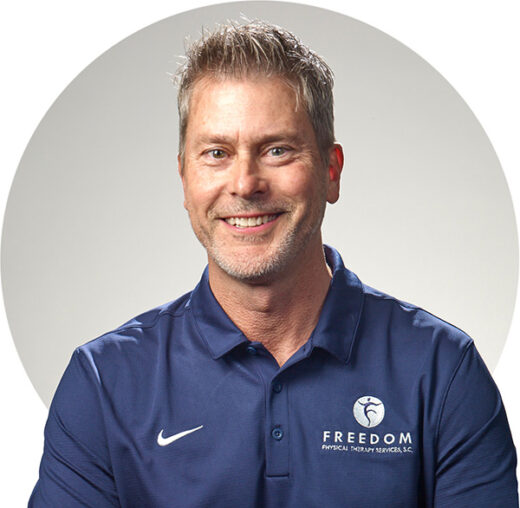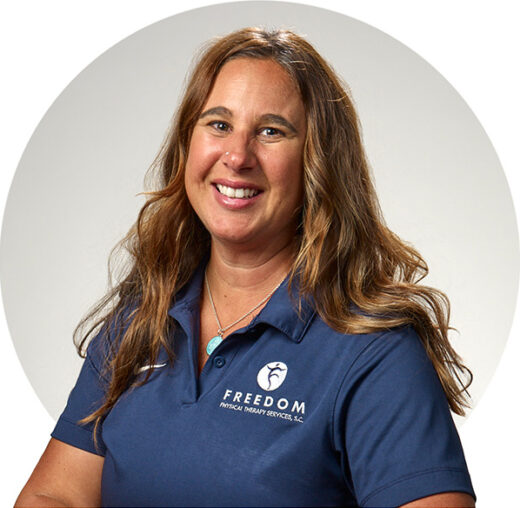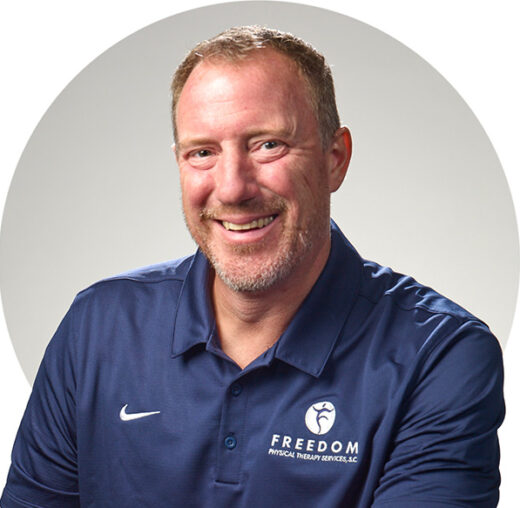Dry Needling
section-82c425c
Dry Needling in Physical Therapy
Dry needling is a revolutionary pain relieving procedure performed by our Physical Therapists who are certified through Myopain Seminars and The Spinal Manipulation Institute. Treatment is directed at myofascial trigger points, consisting of multiple contraction knots related to maintenance of the pain cycle. Trigger points are known to be involved in acute and chronic, localized and widespread pain including common conditions such as migraine headaches, fibromyalgia, Achilles tendonitis, sciatica and tennis elbow. Dry needling has been proven to reduce muscle tension, promote healing, and increase range of motion.
For more information about dry needling services offered at Freedom, listed below are common questions and answers:
What is dry needling?
Dry needling is an invasive procedure in which a solid filament needle is inserted into the skin and muscle, aimed directly at a myofascial trigger point. Myofascial trigger points consists of multiple contraction knots, which are related to the production and maintenance of the pain cycle.
Is dry needling similar to acupuncture?
There are many similarities and differences between dry needling and acupuncture. Licensed physical therapists in a growing number of states use dry needling under the scope of their practice. Dry needling also falls within the scope of acupuncture practice. Physical therapists at Freedom Physical Therapy services are not licensed acupuncturists and do not practice acupuncture. In contrast to most schools of acupuncture, dry needling is strictly based on Western medicine principles and research.
How does dry needling work?
Based on pioneering studies by Dr. Jay Shah and colleagues at the National Institutes of Health, we know that inserting a needle into trigger points causes favorable biochemical changes, which assist in reducing pain message transportation. Eliciting the so-called local twitch response, which is a spinal cord reflex, assists in breaking the pain cycle by restoring normal neuromuscular function.
What type of problems can be treated with dry needling?
Dry needling is utilized to treat a variety of musculoskeletal problems. Conditions include, but are not limited to neck, back and shoulder pain, arm pain (tennis elbow, carpal tunnel, golfer’s elbow), headaches (including migraine and tension type), jaw pain, buttock and leg pain (sciatica, hamstrings strains, calf tightness/spasms), and fibromyalgia.
Is the procedure painful?
Most patients do not feel the insertion of the needle. The local twitch response elicits a brief (less than a second) painful response. Most patients describe this as an aching or cramping sensation, some as a little electrical shock. Again, the therapeutic response occurs with the local twitch response, which is a good and desirable reaction.
Are the needles sterile?
Yes, we only use sterile disposable needles.
section-47754bb
Come experience this revolutionary pain relieving procedure
REQUEST APPOINTMENT
section-ae958dc
section-540f1a0
Team Of Professionals
Meet Our Dry Needling Specialists
section-8fce1e4
Michael Karegeannes
Owner & Physical Therapist
Erin Bafunno
Physical Therapist
Heather Barry
Physical Therapist
Monika Burrescia
Physical Therapist
Scott Coonen
Dir. of Clinical Therapy, Phys. Therapist
Anna Grassman
Physical Therapist
Abigail Jurinek
Physical Therapist
Wes Kokott
Physical Therapist
Adrienne Loukopoulos
Occupational Therapist
Anne Nord
Occupational Therapist
Nina Olson
Physical Therapist
Diane Ping
Physical Therapist
Trenton Rehman
Physical Therapist
Mike Ruppel
Physical Therapist
Kyle Sampson
Physical Therapist
Ben Schaefer
Physical Therapist
Rachel Schraufnagel
Physical Therapist
Spencer Tredo
Physical Therapist
Jeffrey Verhagen
Director of Clinical Therapy, Clinical Operations Administrator – Physical Therapist
Marion Verplancke
Occupational Therapist
Michael Verplancke
Director of Clinical Therapy- Physical Therapist

